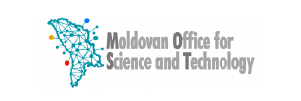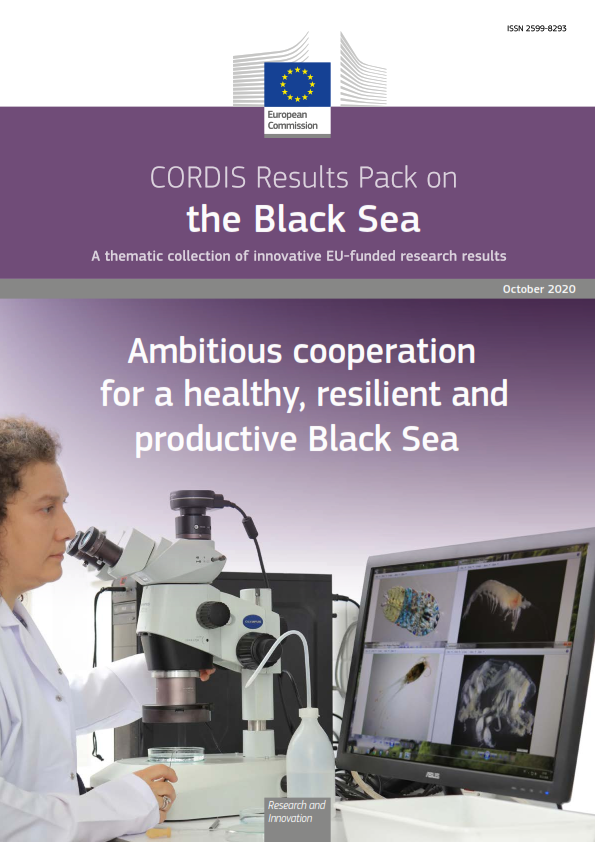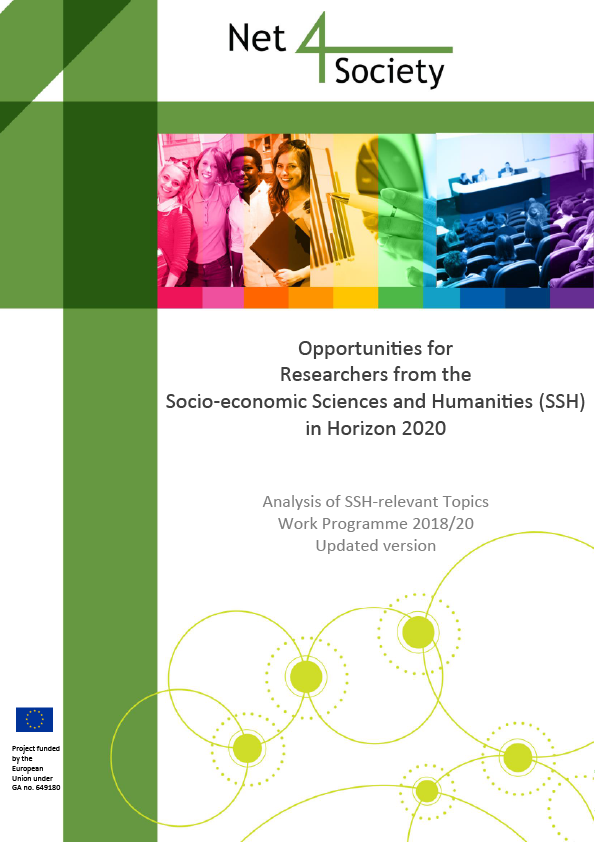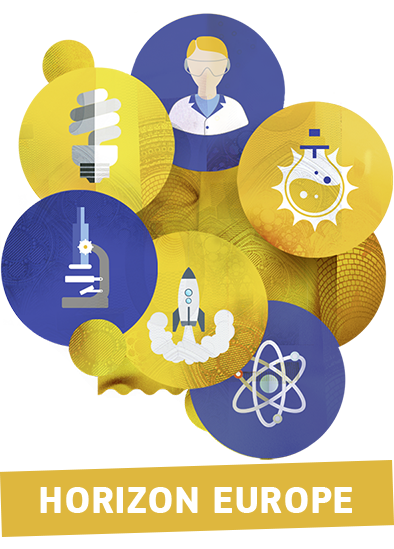Budget:
Currency:
Call deadline:
Statut:
- Closed
Description:
Deadline model: one-stage
Proposal are invited against following topic(s):
- LC-BAT-1-2019: Strongly improved, highly performant and safe all solid state batteries for electric vehicles (RIA).
- LC-BAT-2-2019: Strengthening EU materials technologies for non-automotive battery storage (RIA).
- LC-BAT-3-2019: Modelling and simulation for Redox Flow Battery development (RIA).
- LC-BAT-4-2019: Advanced Redox Flow Batteries for stationary energy storage (RIA).
- LC-BAT-5-2019: Research and innovation for advanced Li-ion cells (generation 3b) (RIA).
- LC-BAT-6-2019: Li-ion Cell Materials & Transport Modelling (RIA).
- LC-BAT-7-2019: Network of Li-ion cell pilot lines (CSA).
Electric batteries have recently achieved considerable improvements in terms of their technical performance (such as energy density, power density, thermal stability and durability) and economic affordability. Such improvements are major contributors to the successful introduction of electric vehicles (which are becoming cheaper and have longer range) and of stationary energy storage systems. But for a successful mass introduction of electrified mobility and renewable and clean energy systems with market competitive performances and - in the case of electric vehicles - fast charging capability, substantial improvements of the electric battery technologies are required.
The competitiveness of new advanced energy storage systems or sustainable battery powered vehicles is strongly dependent on the performance and cost of the battery and battery cells and the materials used for the production of the cells. This is especially valid for the fast growing market of electrified vehicles. However, the world production of automotive battery cells is dominated by Asian companies which represent more than 90% of the present world capacity.
It will be very challenging for European companies to catch-up. Europe has to search for better performance, and strongly force the development of more price competitive and sustainable battery storage solutions. Beyond research on improved electrochemistry and new battery materials (e.g. advanced Li-ion, solid-state and post-Li-ion technologies), it is the complete electric batteries value chain and life-cycle that has to be considered, from access to raw material, over innovative advanced materials and nanotechnologies to modelling, production, recycling, second life, life cycle and environmental assessment and skills.
To face the challenge, Vice-President Maroš Šefčovič has initiated in October 2017 the EU Battery Alliance as a joint industry-led initiative to prevent a major technological dependence in batteries cells supply and ensure that European companies capture a significant share of the emerging electric battery market.
The selected topics proposed in this Call cover a relevant spectrum of activities in the field of electric batteries technology: short term research for advanced Li-ion electrochemistry and production processes, short to medium term research for solid-state electrochemistry, modelling tools, new materials for stationary electric batteries, hybridisation of battery systems, next generation batteries for stationary energy storage, next generation and validation of battery packs and battery management systems, networking of pilot lines and skills development and training.
In addition to COP 21 and decarbonisation, the whole proposed activities are in line with the Energy Union policies as well as the SET-plan and STRIA.









